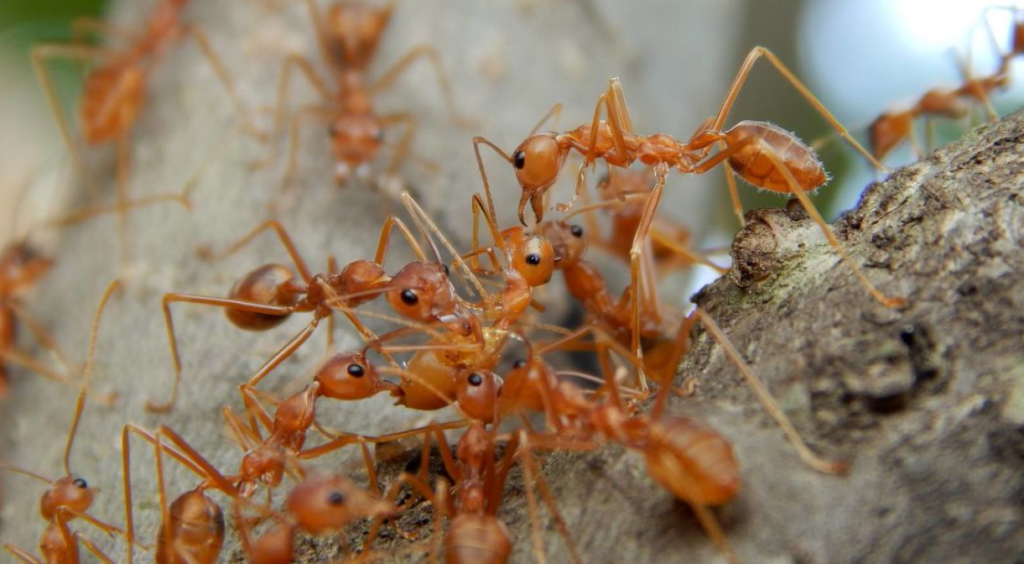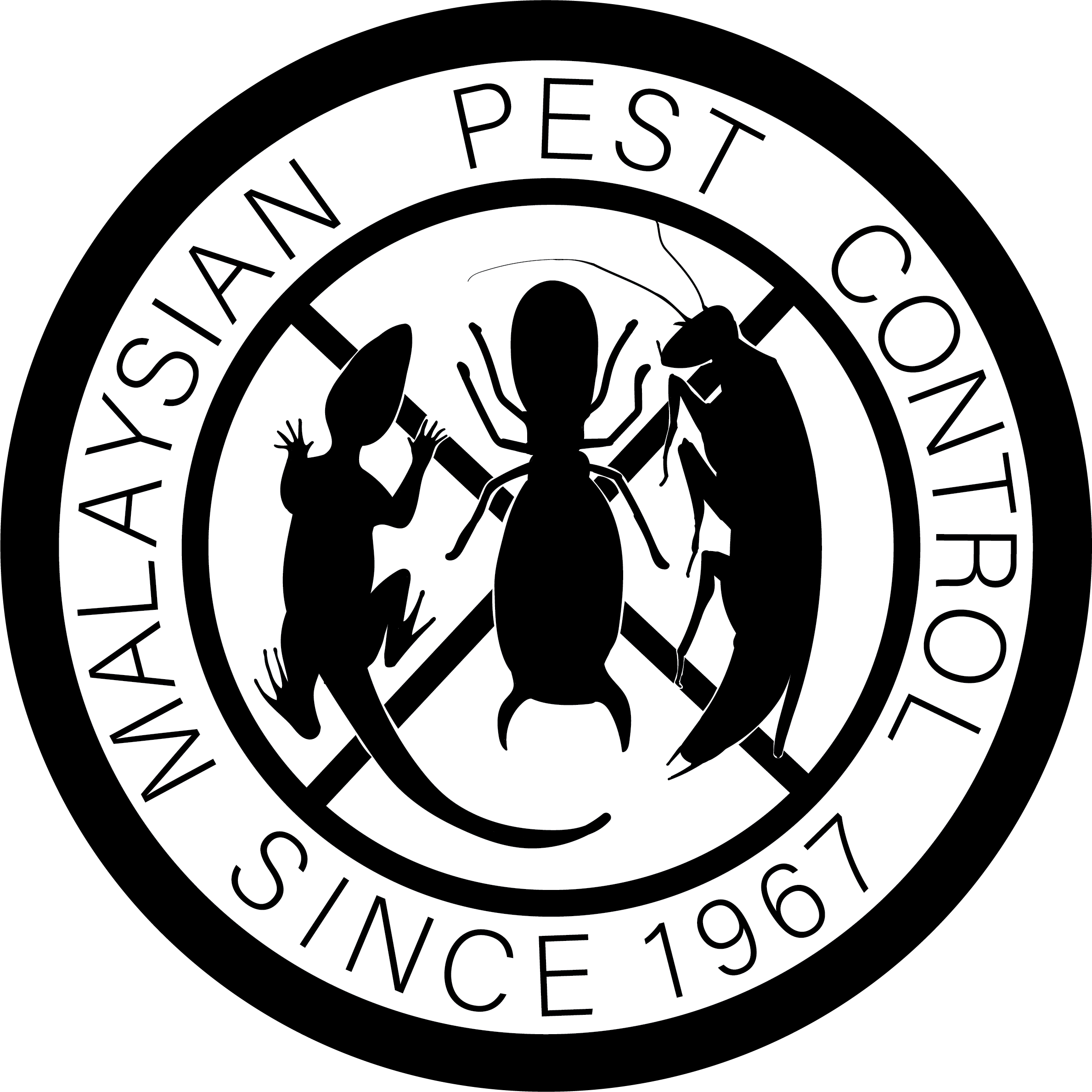About Weaver Ants
Introduction to Weaver Ants
- Weaver Ants (Oecophylla smaragdina) are renowned for their unique nest-building behavior, using silk produced by their larvae to weave leaves together, creating large and complex nests in trees.
- Significance: These ants are beneficial for natural pest control in agriculture due to their predatory habits. However, their aggressive nature and tendency to bite can pose challenges for humans and pets living in or near areas where these ants are prevalent.
Biology and Lifecycle
- Egg Stage
- The queen lays eggs within the safety of the nest.
- Timeframe: Eggs hatch into larvae within a few weeks, depending on temperature and humidity levels.
- Larva Stage
- Larvae are fed by worker ants, which provide them with a diet of pre-digested food.
- Development: Throughout this stage, larvae undergo several molts, growing larger with each molt.
- Timeframe: This stage typically lasts about 3-4 weeks.
- Pupa Stage
- Larvae spin silk cocoons around themselves and enter the pupal stage.
- Timeframe: Pupation lasts approximately 2-3 weeks, after which adult ants emerge.
- Adult Stage
- Adults take on roles based on their caste: workers forage and maintain the nest, while the queen focuses on reproduction.
- Lifespan: Workers can live for several months, whereas queens can live for several years, continuously laying eggs to expand the colony.

Behaviour and Habitat
- Nesting: Weaver ants build nests in trees by weaving leaves together with silk. These nests can be quite large and house thousands of ants.
- Foraging and Feeding: These ants are aggressive predators, hunting a wide range of insects. They also harvest nectar and are involved in mutualistic relationships with some plant species.
- Aggressiveness: Weaver ants are highly territorial and will aggressively defend their nests from intruders, including humans and animals. Their strong mandibles and coordinated attacks enable them to take down larger prey and deter predators.
Interaction with Humans and Pets
- Bites: Weaver ants can and will bite humans and pets if they feel threatened or if their nests are disturbed. Their bites can be painful and are often accompanied by the release of formic acid, adding to the discomfort.
- Attack Behavior: Unlike some ant species that might flee when disturbed, weaver ants are known to aggressively swarm and attack perceived threats to their colony.
- Preventive Measures: To minimize conflicts with weaver ants, it’s advisable to avoid disturbing their nests and to keep pets away from areas where these ants are known to live. In regions where weaver ants are used for biological pest control in agriculture, it’s also important to use protective clothing and take care when working near ant nests.
Environmental and Agricultural Impact
- Ecosystem Role: Weaver ants play a crucial role in their ecosystems as predators of pest insects, which can help in naturally controlling pest populations in agricultural and garden settings.
- Agricultural Use: In some parts of Asia, including Malaysia, weaver ants have been intentionally introduced into agricultural environments to serve as biological control agents against crop pests.



